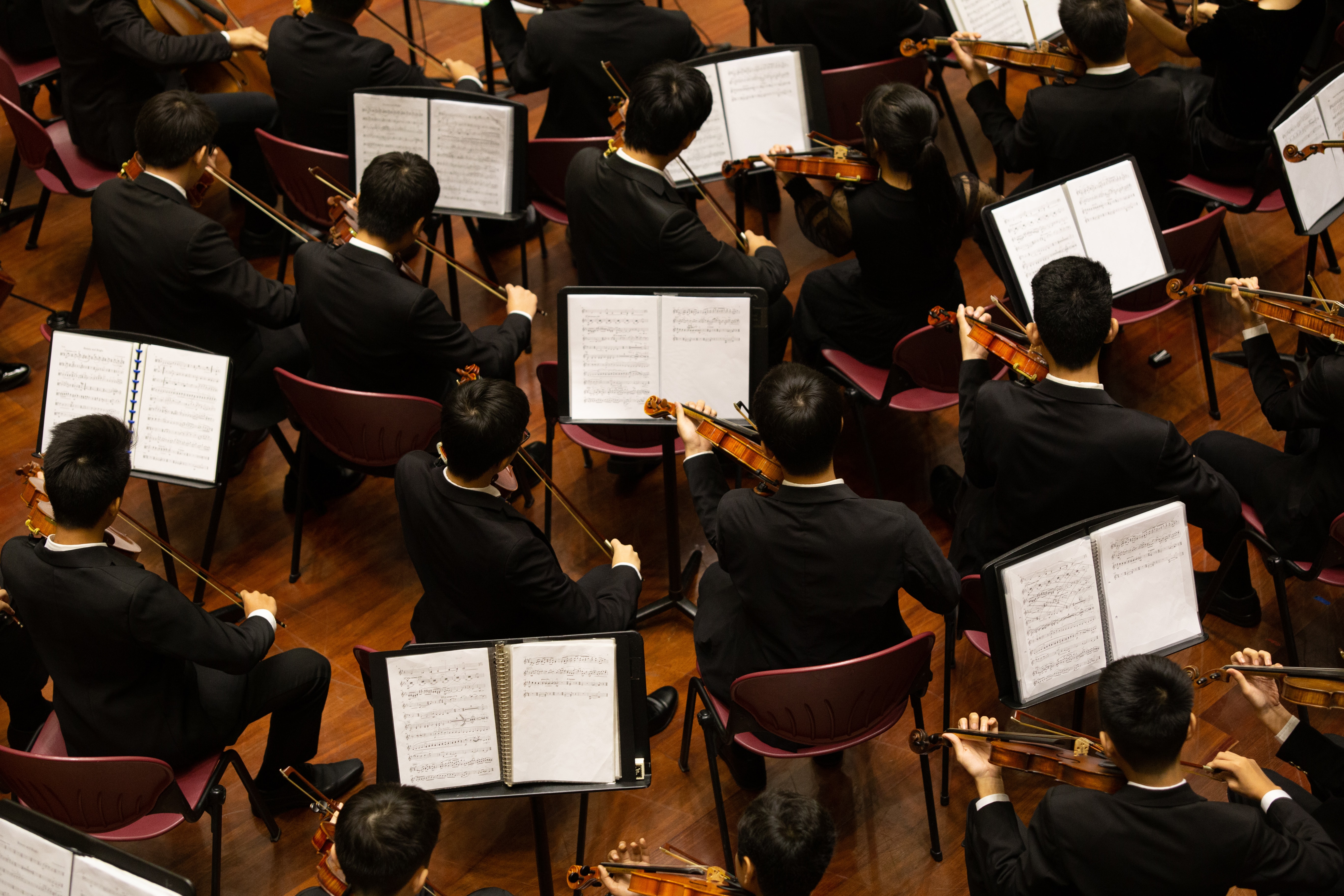Think of a GPU cluster as a team of musicians playing a symphony together. Each musician, or GPU, has a unique instrument and part to play, but they must work together in harmony to create a beautiful piece of music.
Just like how the musicians must be close to one another to coordinate and communicate effectively, the GPUs in a cluster must be close to one another to communicate and coordinate their efforts. This results in faster and more efficient computation, much like a well-coordinated symphony.
On the other hand, if the musicians were dispersed and far apart, it would be like each GPU trying to perform its task in isolation. The lack of communication and coordination between the GPUs would decrease performance, much like a symphony with out-of-sync musicians.
So, think of a GPU cluster like a team of musicians playing a symphony together. The proximity of the GPUs allows for improved communication and coordination, resulting in faster and more efficient computation than dispersed GPUs.
When optimizing compute resources for AI/ML model training and inference, GPU cluster proximity is essential to consider.


